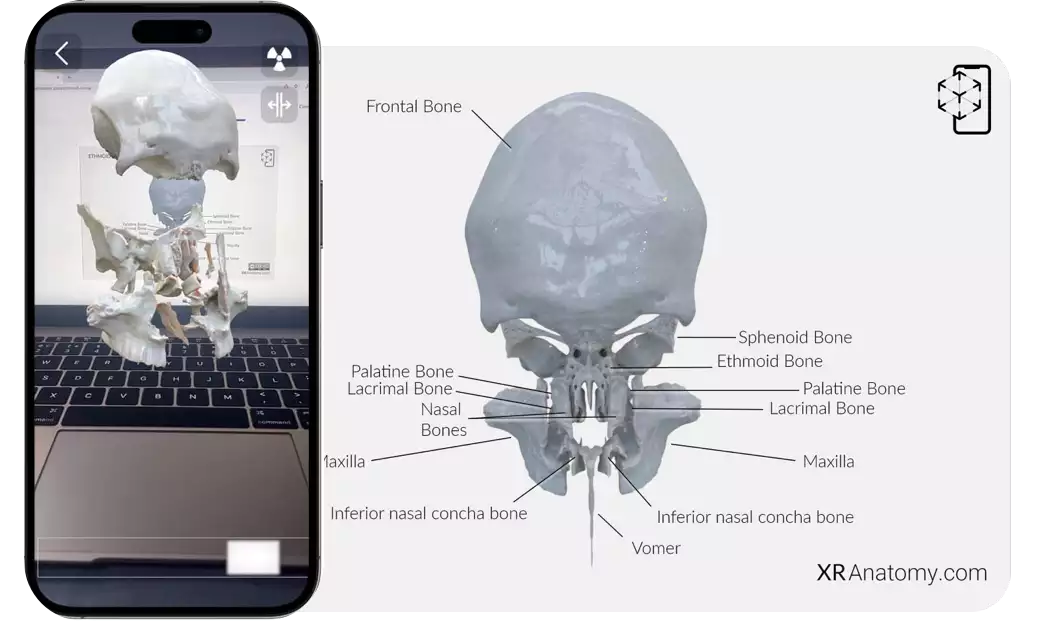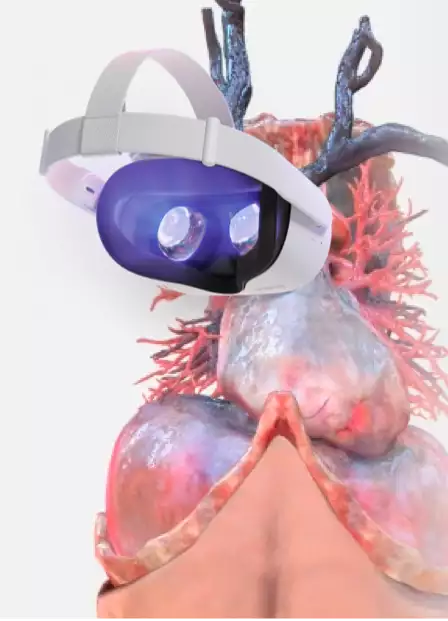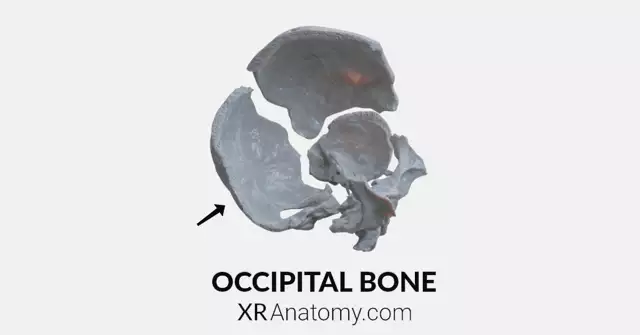YOUR JOURNEY, YOUR STYLE, YOUR CHOICE
Anatomy in Augmented Reality, Mixed Reality and 3D
-
Bring illustrations to life with Augmented Reality.
-
Stunning Visuals with 3D Anatomy.
-
Step into the future with Mixed Reality.
XR Anatomy
Install XR Anatomy for free and bring illustrations to life with Augmented Reality Technology.

3D Pocket Anatomy
Love High-Quality 3D Anatomy Visuals? Immerse yourself in a fully interactive 3D adventure with crystal-clear, high-quality visuals, complete with a quick-search index for effortless navigation of anatomy structures.

MR Anatomy
Experience anatomy like never before! Simply put on your headset and interact with anatomy as naturally as never before.





